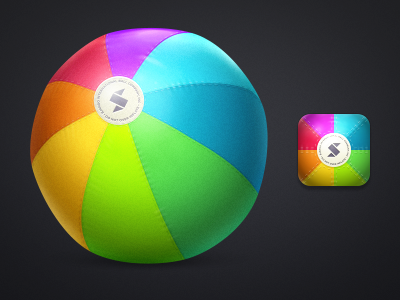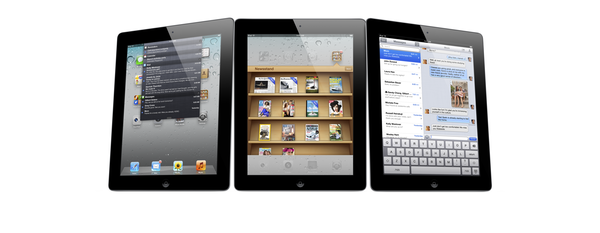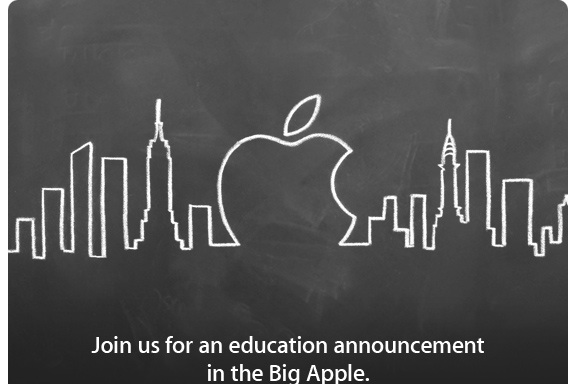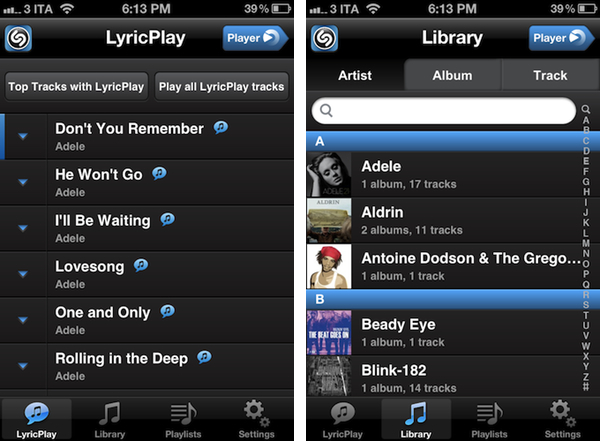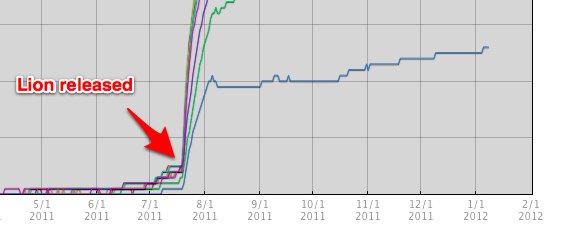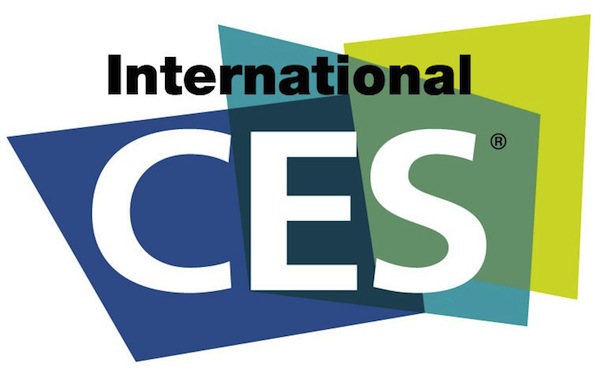CES, the tech industry’s largest (and most crowded) trade show, is happening this week. By now, I’m sure you have already seen many of the important announcements, watched a couple of press conferences, and perhaps even read multiple tech blogs to get all the possible news from CES.
Good for you. Unlike previous years, I won’t be bothering skimming through all the headlines this time, because I’m seeing a trend that, at least for me but I believe for others too, is tiresome and deeply annoying.
As bloggers, we’re subject every day to shameless copies and imitations of Apple products. I’m not making this up. Watching CES from the outside these past few years (that is, reading from home) has been an initially ironic, then quickly annoying rush towards having to learn about the latest product from company X that is not an Apple product but looks like one. I swallowed the obvious shift in smartphone design and the hilarious copying of interface elements and tablets. Maybe those weren’t strictly related to CES, but I don’t care, because the underlying problem is the same, with the difference that during CES it’s all there in its shameless glory, rolled up in one week. We hear about these things all year. With CES 2012, I decided to stop paying attention.
Now I won’t rant and say that the tech industry doesn’t innovate. And I won’t even say that I stopped watching CES altogether, because I’ve had my fun with Ballmer and the Tweet Choir. Sony does have some amazing products (including, wait for it, two distinctive tablet designs) and they seem to be *at least* understanding what the concept of ecosystem is. Microsoft, Ballmer aside, has great taste with WP7 and, it appears, certain parts of Windows 8. Some guys made an awesome touch-based-whatever cooktop that doesn’t waste energy. Thunderbolt is looking more promising every day. The Nokia Lumia 900 is great.
There’s still some innovation going on in this industry, thank God. But the rest is bullshit.
Let’s see what CES offered, shall we? Acer unveiled a cloud-based service that looks somewhat familiar – where by “familiar” I mean look at those slides. The Ultrabooks – God bless Intel, it understands the market’s needs – were in full force at CES. They all look awfully familiar to the MacBook Air, which isn’t an “ultrabook” because Ultrabook is something the industry made up to justify the need for Windows computers that look just like MacBooks. So yeah, it looks like a MacBook but it’s not a MacBook. Get it? HP did a long time ago.
I mean, Sir Jony Ive must be proud. Even Vizio is now, well, being inspired by Jony’s creations and coming out with, again, familiar faces. Cheers to Vizio for being bold enough to announce the whole family.
We even have the computer that copies a purpoted Apple computer that doesn’t exist. They copied the patent.
Then there’s the mobile market. Smartphones and tablets. Man is it difficult to keep up with all those Android phones. Even Samsung, skilled player, must have thought this, as they have created a new category of their own so it’ll be easier to keep up with that. They call it “phablet”. Well okay Samsung, I guess I’ll take a padfone next. Oh wait. I’ll just settle for the UltraTab (No joke, I wouldn’t be surprised to see this coming out later this year). I can’t even count how many iPhone and iPad lookalikes I’ve seen on The Verge and Engadget. And don’t get me wrong, it’s their job to report on these things and I completely understand how you can get excited for the latest Android phone or 7-inch tablet. I, however, have stopped paying attention.
I personally don’t get people that purposefully buy gadgets that “look like _insert name here_, only to save a few bucks. Problem is, they might not even save those dollars anymore, because “a race to the bottom” has begun and Apple is winning. I blame those prices on the recession. Perhaps corrupted politicians, too.
It’s not all bad though. After all those clones, I look at the Nokia Lumia 900, Windows Phone 7 and OnLive and I’m reminded that there’s still hope. The innovators are out there, and there are some incredible companies working on amazing technologies that don’t make headlines at CES. There are even people who seem to get what I’m thinking here, more or less.
No one is defending the argument that folks like Samsung copy everything that Apple does. Or that Apple doesn’t copy certain trends sometimes. But the amount of shameless copying and blatant efforts of coming up with unoriginal marketing jargon going on at CES are just too much for me.
You can still find innovation. Just make sure you don’t get the Chinese rip-off.


